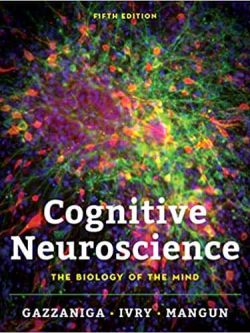Specifications
| book-author | Lisa Friedrichsen ; Lisa Ruffolo ; Ellen F. Monk Joy L. Starks ; Philip J. Pratt ; Mary Z. Last |
|---|---|
| file-type | |
| isbn10 | 035742221X |
| isbn13 | 9780357422212 |
| language | English |
| publisher | Cengage Learning |
Book Description
“Concepts of Database Management” by Lisa Friedrichsen, Lisa Ruffolo, Ellen F. Monk, Joy L. Starks, Philip J. Pratt, and Mary Z. Last is a comprehensive textbook that provides a solid foundation in database management concepts and practices. Here's what you can expect from the 10th edition of this book:
- Introduction to Databases: The textbook begins with an introduction to the fundamental concepts of databases, including the purpose and role of databases in organizations, the components of a database system, and the various types of database models.
- Relational Database Concepts: The book covers relational database concepts in depth, including entity-relationship modeling, relational data model, relational algebra, and normalization. Students learn how to design and implement relational databases using industry-standard techniques.
- Database Design: The textbook discusses the process of database design, including requirements analysis, conceptual design, logical design, and physical design. Students learn how to translate business requirements into a well-structured and efficient database schema.
- SQL Fundamentals: The book covers Structured Query Language (SQL) fundamentals, including SQL syntax, data manipulation language (DML) statements (e.g., SELECT, INSERT, UPDATE, DELETE), data definition language (DDL) statements (e.g., CREATE TABLE, ALTER TABLE), and data control language (DCL) statements (e.g., GRANT, REVOKE).
- Database Administration: The textbook explores database administration tasks, including database security, backup and recovery, concurrency control, and performance tuning. Students learn how to manage and maintain database systems effectively to ensure data integrity and availability.
- Database Implementation: The book discusses database implementation issues, including database connectivity, client/server architecture, distributed databases, and web database development. Students learn how to implement databases in various computing environments and platforms.
- Data Warehousing and Business Intelligence: The textbook introduces students to data warehousing and business intelligence concepts, including data integration, data mining, online analytical processing (OLAP), and reporting. Students learn how to use databases to support decision-making and business analytics.
- Emerging Trends: The book covers emerging trends in database management, such as big data, NoSQL databases, cloud databases, and mobile databases. Students learn about the latest developments in database technology and their implications for database management practices.
- Hands-on Exercises: “Concepts of Database Management” includes hands-on exercises, examples, and case studies to reinforce learning and apply database concepts in real-world scenarios. Students have the opportunity to work with database management systems (DBMS) and practice SQL queries in a structured environment.
- Pedagogical Features: The textbook includes pedagogical features such as chapter summaries, review questions, discussion questions, and projects to help students consolidate their understanding of database management concepts and assess their learning progress.
Overall, “Concepts of Database Management” provides students with a comprehensive and up-to-date overview of database management principles and practices. With its hands-on approach, practical examples, and emphasis on real-world applications, this textbook is suitable for students studying database management in undergraduate programs or professional courses.











Reviews
There are no reviews yet.